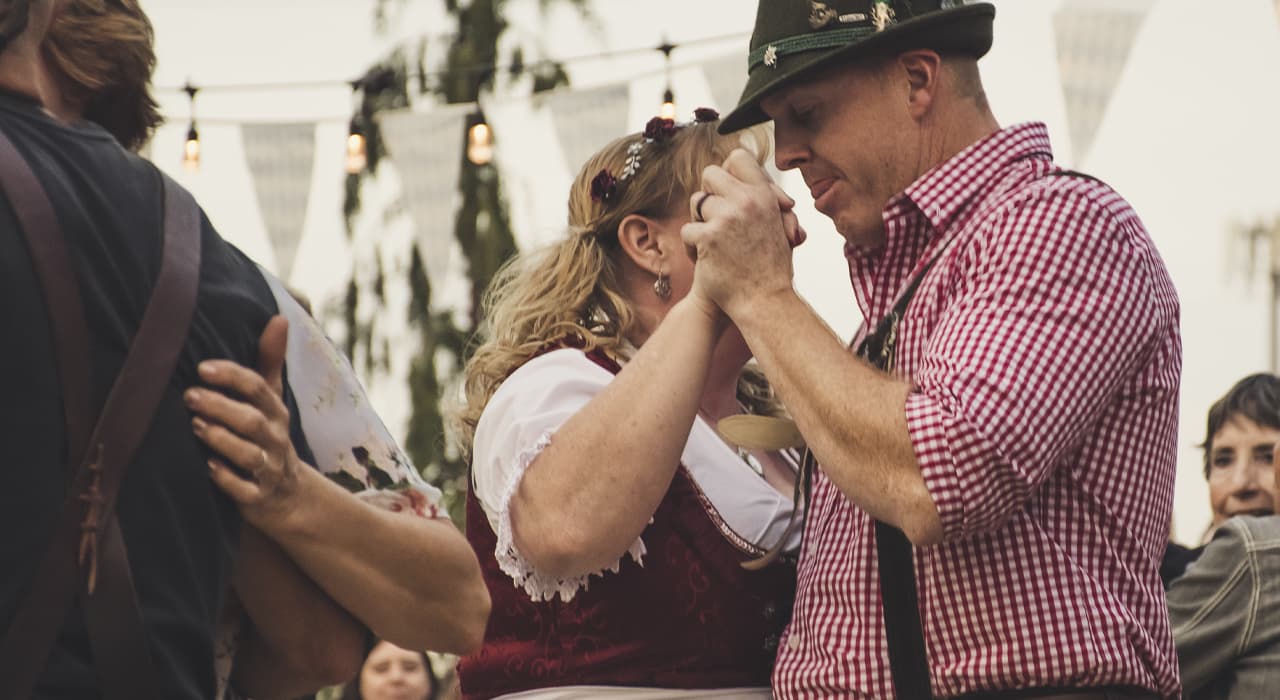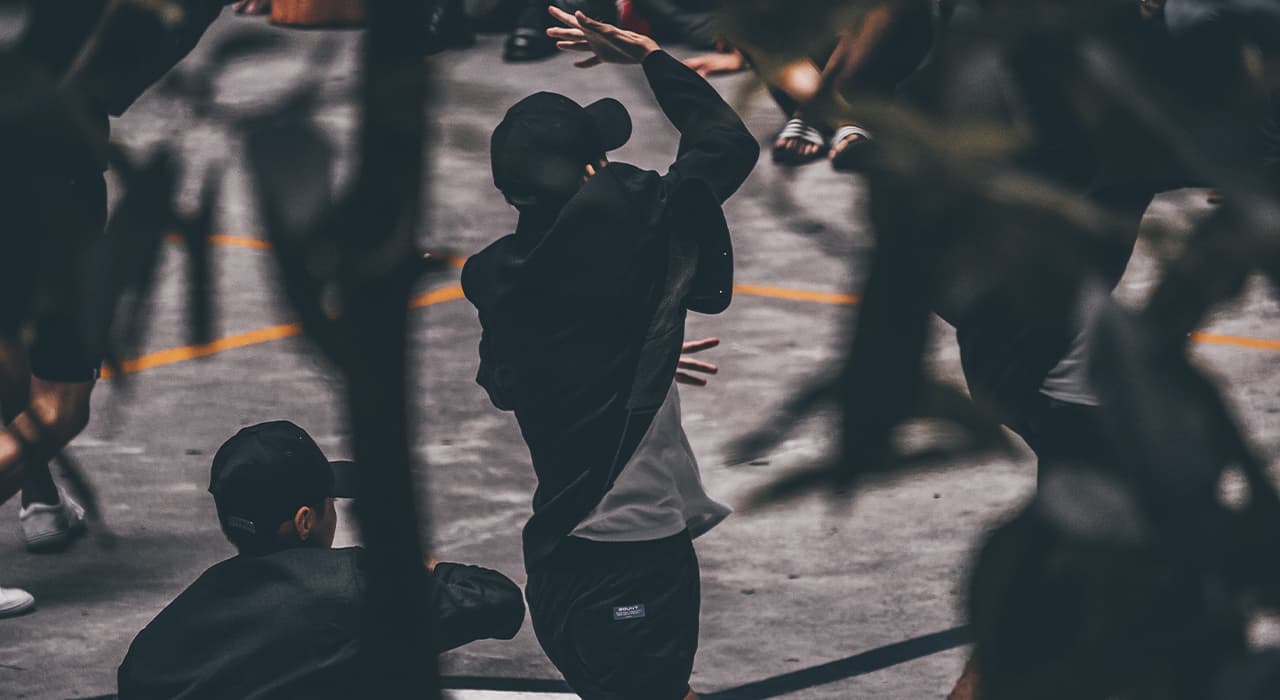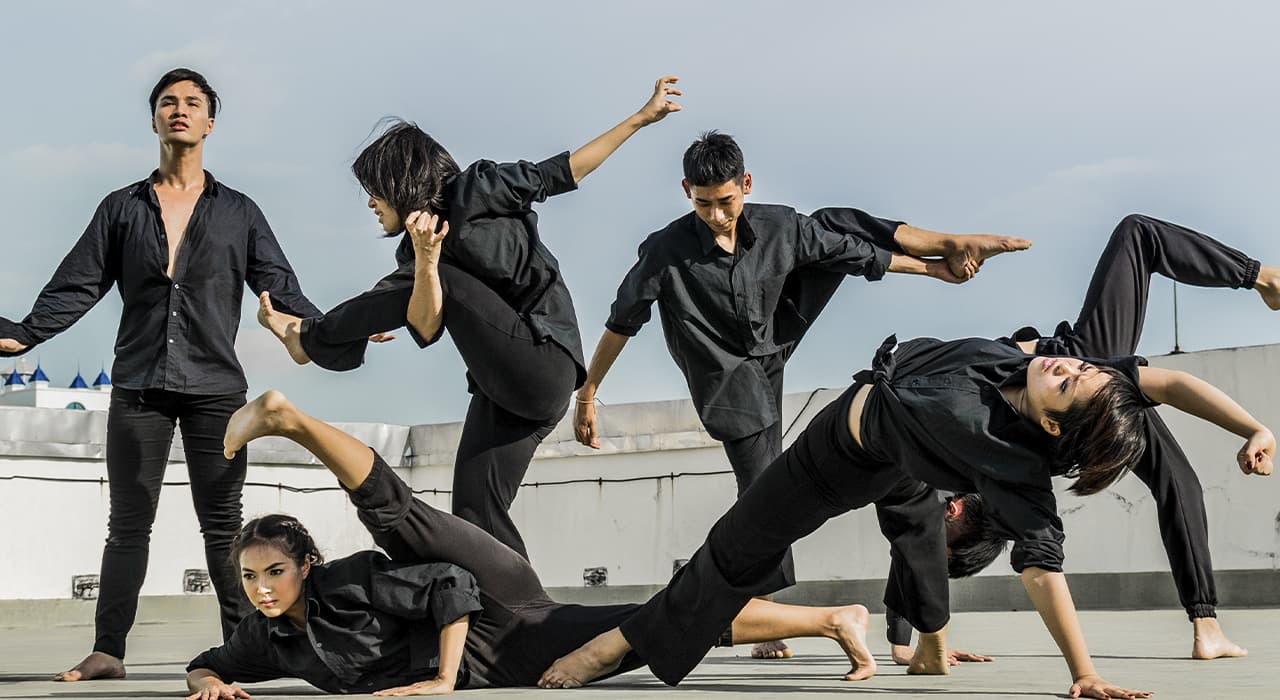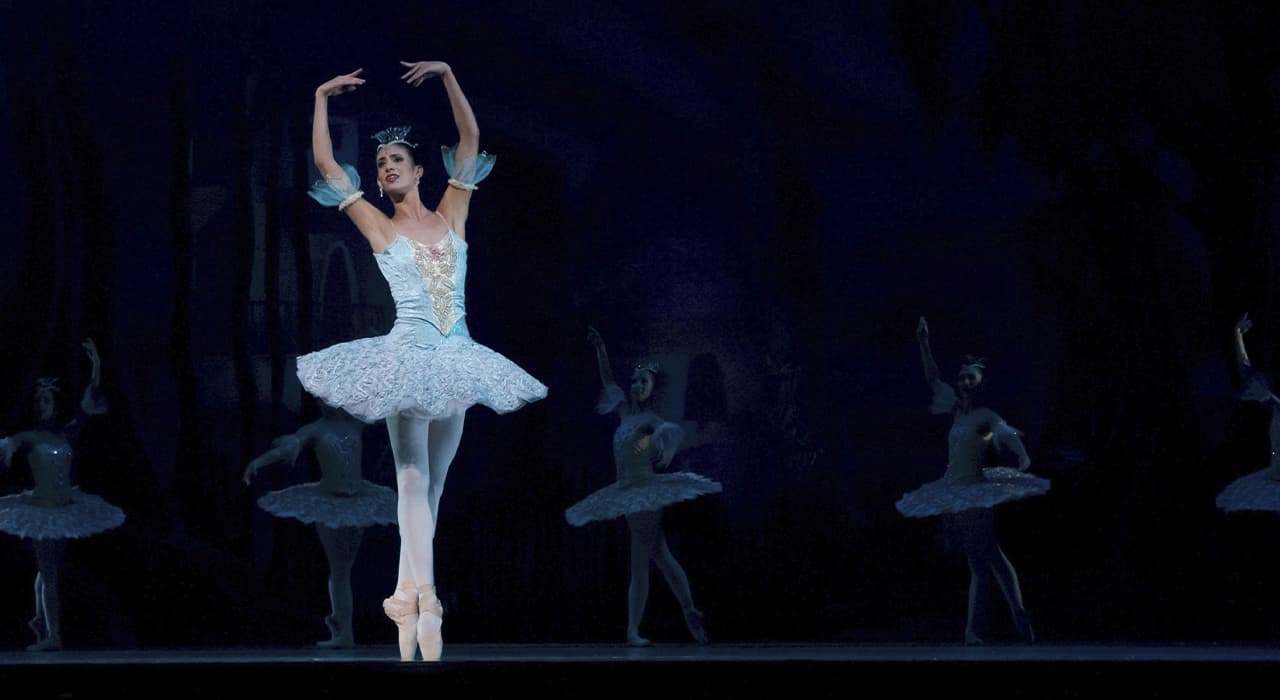Dance is the most ancient art. The types of folk dance reflect a nation’s culture and life. With it, you can experience the passion of the Spanish or the hot Georgians and feel the lightness of Irish culture or the sense of unity from the Greek sirtaki, explore the philosophy of Japanese dance.
The definition of “folk dance” is used for dances that have historical significance in the culture and history of a people. Definitions of “ethnic dance” or “traditional dance” are also used, although (“traditional dance”) may include characteristics of ceremonial dance. The definition of “folk dance” is for dances that are related to tradition and originated at a time when there were differences between the dances of “ordinary people” and those of “high society”. The definitions “ethnic dance” and “traditional dance” are used to highlight the cultural roots of dance. In this sense, almost all folk dances are ethnic.
Not all ethnic dances are folk dances, for example, ritual dances are not considered folk dances. Ritual dances are usually called “religious dances” because of their purpose.
Every country has its own calling card: a folk dance. Each country’s style is unique – the movements themselves were formed at the dawn of the nation’s formation.
Jewish dance
Seven Forty is a song based on an old tune by street musicians from the square in the late 19th century. It is based on the Freilehe dance. The fast dance embodies the spirit of the 20s and 30s of the 20th century. There, people discovered the tremendous power they expressed in collective dance.
Sirtaki
This dance has no age-old history, although it does contain elements of Greek folk dances. In particular, Sirtos and Pidichtos. The action starts slowly, then speeds up, becoming lively and energetic, like the Pidichtos.
Gypsy Dance.
Gypsies have the most beautiful dancing and long skirts. The premise of “Gypsy” was to interpret the dances of the people around them. The original purpose of the Gypsy dance was to make money in the streets and squares on the principle: who pays, dances.
Irish dance.
It can easily be classified as a type of folk dance, the history of which began in the 11th century. The dancers, with their hands down, beat a shot with their feet on their heels. Church priests considered the hand gesture pointless, so they stopped using their hands in the dance. But the feet filled that void.
Lezginka
Traditional Lezginka is a young dance in which a temperamental, strong and skillful boy, who is in the embodiment of a hawk, seeks the attention of a gorgeous girl. This is especially noticeable when he stands on tiptoes, moves around her, proudly raises his head and spreads his “wings” (arms), as if he is about to take off.
A fiery flamenco
The dance of the peoples of the world discovered the “fiery” flamenco for people. This dance was born in the Spanish province of Andalusia, originally represented by percussion, with flying hands and expressive singing to the guitar castanets. But the adventurous nature of the Spaniards could not resist wind music and dramatic singing.



